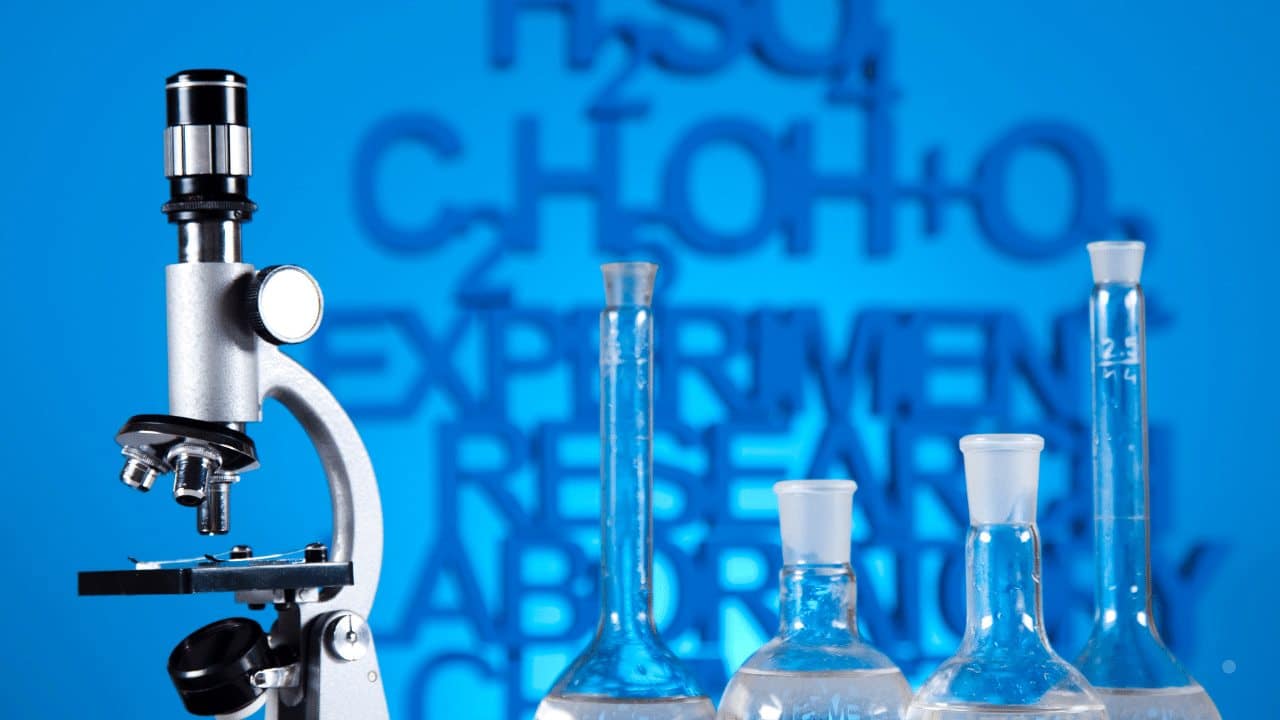
Course Content
Expand All
Lesson Content
0% Complete
0/10 Steps
Lesson Content
0% Complete
0/9 Steps
Lesson Content
0% Complete
0/4 Steps
Lesson Content
0% Complete
0/6 Steps
Lesson Content
0% Complete
0/6 Steps
Lesson Content
0% Complete
0/7 Steps
Lesson Content
0% Complete
0/6 Steps
Lesson Content
0% Complete
0/8 Steps
Preview this Course

Not Enrolled
This course is currently closed
Course Includes
- 8 Lessons
- 56 Topics
- 9 Quizzes
Recent Comments
idayat on Causes of Electoral Malpractices: “I really love the explanation , it was super helpful” Apr 16, 12:20
Login
Accessing this course requires a login. Please enter your credentials below!



Hello admin. Kudos for the good job. Pls I can’t find the remaining notes on electrolysis
It will be uploaded soon. Look out for it next week. 🙂